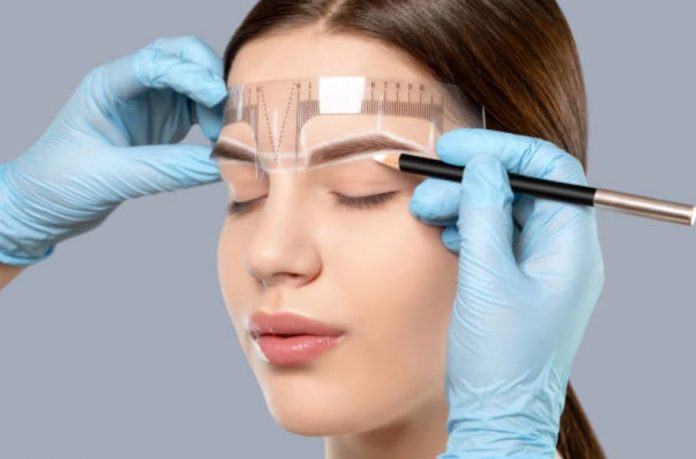Make-up and permanent are two concepts that just don’t go together, right?
Come on, a lot of women actually spend half the night getting the make-up off their faces after their night out, so the skin can breathe. However, that is not the kind of make-up we are talking about.
Instead, what we are saying has to do with permanent cosmetic make-up — a kind of cosmetic tattooing that can enhance and improve a lot of your physical features, on the face and elsewhere.
Sound interesting?
It gets better, especially when you study some of the terms used to describe the specialized techniques that give you permanent cosmetic make-up, terms such as micro-pigmentation, micro-pigment implantation and derma-graphics.
So, what we are saying here is that the creation of permanent cosmetic make-up involves the use of cosmetic implantation techniques to insert minute pigment implants into the dermal layer of the skin to enhance various features, though the most common permanent cosmetic make-up procedures are performed to create eyeliners, enhance eyebrows and produce full lip color.
The technician who performs the procedure will use either tattoo or coil machines, pen or rotary machines or non-mechanized hand tools.
So, if you are fed up of stringy eyebrows, smeared make-up, colorless lips and non-existent borders, or need to hide some scars, permanent cosmetic make-up is for the thing for you.
Would you believe that you can even tattoo or re-pigment an areola (after breast reconstruction) using permanent cosmetic make-up?
Some women say that the procedure hurts a little, but in our experience, the pain has been no more than that you’d feel during waxing, because most technicians use topical cream anesthetics to deaden the area under the tattoo machines.
All you do is blindly follow the instructions of your technician, and you’ll be right as rain.
In order to do that, however, you must find a properly qualified technician. There have been recorded cases of permanent cosmetic make-up procedures going wrong, though they are the exceptions rather than the rule.
In all probability, you will meet several women who have permanent cosmetic make-up and have nothing but praise for it.
So, what should you look for in a technician? First and foremost, look for a website and check if it provides complete information about a particular technician.
If you think you’d like to contact someone, make sure you read up about the procedure as much as you can before you get in touch with that person and find out about costs and other details. Self-informed is best informed!
Once you do that, ask prospective technicians about how many procedures they have done and their training. Ask for photographic evidence of their work and base your judgment on that.
Also, study the technicians to evaluate their level of concern towards your problems and see whether they answer your queries readily.
Most importantly, ask detailed questions about hygiene and procedural safety. Only after you are satisfied on all other counts should you ask about costs, and even here, be suspicious about rates that seem too good to be true. They probably are!

